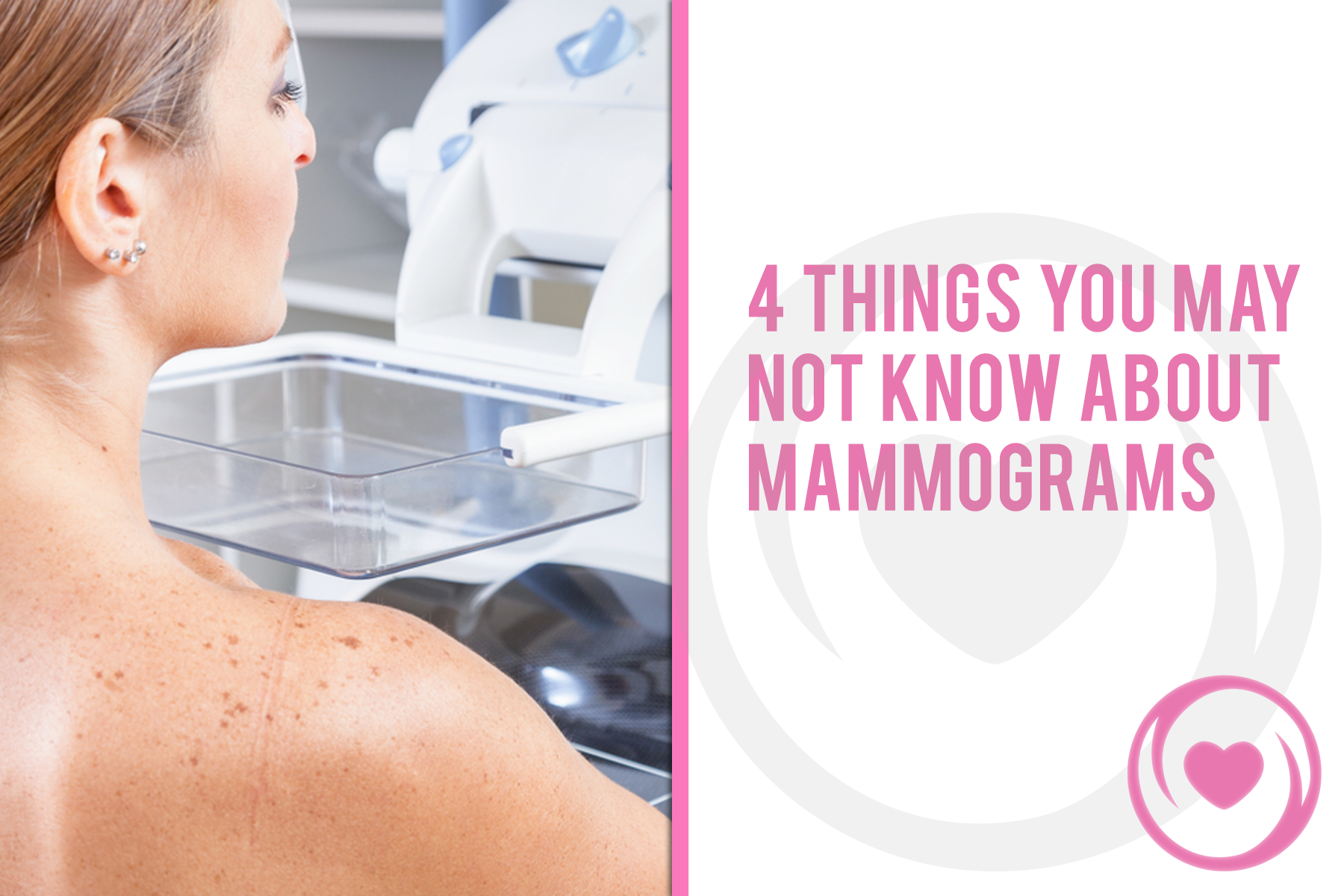With October being Breast Cancer Awareness Month, much attention is focused on a woman’s yearly mammogram. With the Susan G. Koman Foundation’s Race for The Cure happening all around the country and everything draped in pink, it’s a timely reminder for women everywhere to schedule their annual mammogram. Whether you’re scheduling your appointment for the first time or a seasoned veteran of the process, you may find these 4 things about mammograms surprising –
1. They’re Often Free or Low-cost
One of the primary reasons women put off the exam is cost. Various outreach programs offer free and low-cost mammograms to women who otherwise wouldn’t be able to afford them. Various entities and government health initiatives fund these imaging exams but the primary source are private donors.
2. You Can’t Wear Deodorant
On the day of your mammogram, you need to forego all deodorants and lotions. Most cosmetics contain metallic particles. While they aren’t visible to the naked eye, the sensitive imaging equipment can pick them up and cause false-positives on your results. Doctors and mammography techs encourage patients to skip cosmetics altogether on the day of the exam.
3. Recalls And Secondary Imaging May Be Necessary (Don’t Panic)
This is a big one – you may be called back for another round of more detailed images, and you shouldn’t worry if you are. Most often, women who are asked to come back are those who have never had an exam. This is because the physician has no previous images to compare the new results with. It’s vital for the radiologist to have the absolute best image to work off of, now and in the future. It’s better for the doctor to be overly cautious than chance missing something.
If you’ve had mammograms previously and are asked to repeat the test or have a more advanced set of images taken, don’t let fear and panic set in either. There is a high likelihood that your results were either poor quality or the doctor saw something that looked a bit different from your overall breast anatomy. Extremely dense tissue (typically found in younger or large-breasted patients) can be difficult to see through as well.
Masses on a scan can have a variety of causes and most often are either calcifications (calcium deposits) or cysts (benign tumors), neither of which are deadly in and of themselves.
Macrocalcifications – appear as large white specks or dashes on your result. They are most always non-cancerous and require little to no follow-up. They are most common in postmenopausal women.
Microcalcifications – appear as small white specks, similar to grains of salt. They are non-cancerous by nature, but they can be a good indicator for future disease. Radiologists prefer to look closer at results showing microcalcifications.
Cysts – fibrocystic breasts often feel lumpy or rope-like. This nodular or glandular swelling within the breast tissue is not uncommon as it affects over 50% of all women to some degree. Its cause is unknown, but it’s believed to be linked to estrogen as postmenopausal women are less apt to have them. Fibrocystic breasts do not put a woman at risk for breast cancer.
4. There’s a 3D Option
While traditional 2D imaging works well for low-risk patients, all women can benefit from a 3D scan called digital breast tomosynthesis. Women who have especially dense breast tissue likely see the most benefit – traditional 2D mammograms have a difficult time seeing through what appears to be thick, murky tissue and can sometimes lead to false-negatives. 3D mammograms use a series of pictures taken at different angles and are then compiled to create a 3-dimensional image of the breast.
October is a great time to make an appointment for your yearly screening exam, but remember, breast care is a monthly practice, too. Regular self-exams coupled with your annual mammogram are the best practices for early detection and peace of mind.
NurseCore is a national leader in medical staffing and home care services. We are committed to exceeding the expectations of both our clients and employees, we specialize in connecting healthcare professionals, nurses, and caregivers with the medical facilities and home care positions in need of their expertise. NurseCore strives to relevant healthcare news, resources, and industry topics. Explore our blog and “like” us on Facebook!


0 Comments